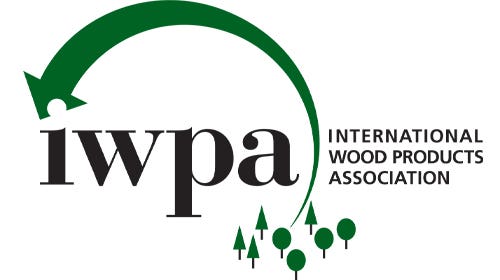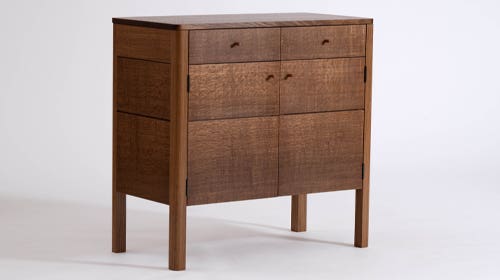Newsletter reports reflect housing woes
The downward trend in the housing market has brought with it a number of related businesses and industries, and among them are the lumber and panel markets, which have been…
The downward trend in the housing market has brought with it a number of related businesses and industries, and among them are the lumber and panel markets, which have been greatly impacted by the decline in housing starts.
Random Lengths, a weekly newsletter based in Eugene, Ore., has been reporting prices, analyzing markets and examining issues affecting the wood products industry for more than 60 years. The newsletter tracks softwood lumber and structural panel prices, as well as market activity for all major producing regions of the U.S. and Canada. In its Feb. 27 newsletter, the Random Lengths lumber composite index reported a price of $197/mbf, continuing a steady drop since a peak price of $473/mbf in August 2004.
“The prices are historically low, even without adjusting for inflation,” says Shawn Church, editor of Random Lengths, in a telephone interview. “They are numbers that many traders would never have thought would have been possible a few years ago.”
In an attempt to look for some positive news, Church was asked if he saw any indication that prices may have bottomed out.
“Not at this point. I think there’s some hope that there will be some seasonal uptick in activity, but there’s not a lot of grand optimism out there about 2009,” he says. “The lumber markets are reflecting the depressed housing market, which is at depressed levels with little in the near term indicating recovery.”
The Random Lengths Feb. 27 structural panel market report also reflects the hard times that portion of the business is incurring. The figure incorporates pricing of several plywood products as well as OSB.
Housing starts are the key to the composite lumber index, which reflects prices of commodity framing lumber that primarily goes into building new houses. The composite price reflects a combination of prices for Western spruce, pine and fir; Eastern spruce, pine and fir; green Douglas Fir; Southern pine; Coastal hemlock and fir; and Ponderosa pine.
“The industry has, in the last three years, brought production down substantially,” Church says. “But whether it is at a level to match the plummet in demand is not clear. And if there was an uptick in demand that brought about even a modest uptick in lumber prices, there’s concern that producers will bring mills back up or capacity will be brought back on that would tamp out any kind of rally in prices. Everyone is trying to survive, and you don’t survive keeping your mills down; you want to operate them if you can, especially even if there’s a small profit to be made. So these are as challenging a times as the industry has ever seen.”
“We don’t know; we don’t forecast,” explains Church. “We’re always careful not to do that, but the outlook for 2009 is not good. Until housing really starts to recover, I don’t think we’re going to see any tremendous recovery in framing lumber.
“The administration and Congress have missed badly, in my opinion, in their efforts to help stabilize housing and housing prices, which is critical to halt the foreclosure problem and halting the downward spiral in the economy. Nine billion dollars to refinance and restructure mortgages is going to help in some of the foreclosures, but it’s not going to help all of them. And it does nothing to address the inventory overhang that is causing home prices to continue to fall.”
Contact: Random Lengths, P.O. Box 867, Eugene, OR 97440. Tel: 541-686-9925. www.randomlengths.com
This article originally appeared in the April 2009 issue.







